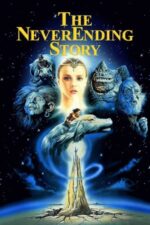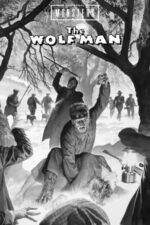More Than Just a Howl: Exploring the Enduring Symbolism of the Wolf on Film
Isn't it fascinating how certain symbols just stick? Think about roses representing love, or skulls signifying mortality. And then there’s the wolf. Across cultures and centuries, the wolf has embodied so many contradictory ideas – wildness, loyalty, danger, freedom, even family. It’s no surprise filmmakers keep returning to this powerful image, using it to explore everything from our deepest fears to our most aspirational ideals.
The enduring appeal of the wolf in film isn't just about a cool-looking animal; it's about what that animal represents. Take "The Wolfman of Ayrshire," for example. It’s not simply a monster movie, but a deeply unsettling exploration of masculinity and societal pressure. The transformation into a wolf becomes a metaphor for the protagonist losing control, succumbing to primal urges he’s been taught to suppress. It's a potent visual representation of internal conflict – something we all grapple with in different ways. It reminds me a little bit of how Fight Club used physical violence as a commentary on consumerism and repressed anger; it’s about the underlying message, not just the surface action.
Then you have films like "The Bad Guys 2," where the wolf character (Mr. Wolf himself!) is actively trying to shed his “bad guy” persona. It's a clever subversion of expectations – using the inherent symbolism of the wolf to explore themes of redemption and second chances. It’s funny, yes, but it also taps into that primal desire for acceptance and belonging, even if you’ve been labelled an outsider.
But the wolf isn't always about darkness or transformation. "The Further Adventures of the Wilderness Family" showcases a more straightforward, almost romanticized view – the wolf pack as a symbol of family, loyalty, and survival against overwhelming odds. It echoes that classic Western trope of the lone ranger, but with a distinctly naturalistic twist. And speaking of Westerns, “Windwalker” offers a refreshing perspective by centering Indigenous perspectives and portraying wolves not as antagonists, but as integral parts of a complex ecosystem – a world far removed from the usual cowboy-and-Indian narratives.
Even environmental thrillers like "Day of the Animals" utilize the wolf's symbolism to amplify the horror of ecological collapse. The feral behavior of animals, including wolves, becomes a terrifying manifestation of humanity’s disregard for nature. Finally, “Wolf Summer” is just beautiful – a coming-of-age story where a young girl finds solace and strength in her connection with a wolf family, highlighting the profound bond that can exist between humans and wildlife.
The beauty of the wolf's cinematic presence lies in its adaptability. It’s a mirror reflecting our anxieties, our hopes, and our understanding of ourselves within the natural world. So next time you see a wolf on screen, take a moment to consider what it really represents – because chances are, it's far more than just a howl in the night.






































